Visit us
Sanxing Industrial Zone, Jinfeng Town, Zhangjiagang City.
With the promotion of modern science and technology, the variety of materials is increasing day by day, and new materials with different efficiency are emerging. As an important part of the national economy, plastic packaging plays an irreplaceable role. But in various kinds of packaging, which plastic packaging is not recyclable, or is it facing recycling problems? Here, the new observation of waste plastics makes an inventory of ten kinds of non recyclable commodity packaging, breaking through your single cognition that plastic, metal and paper can be recycled.
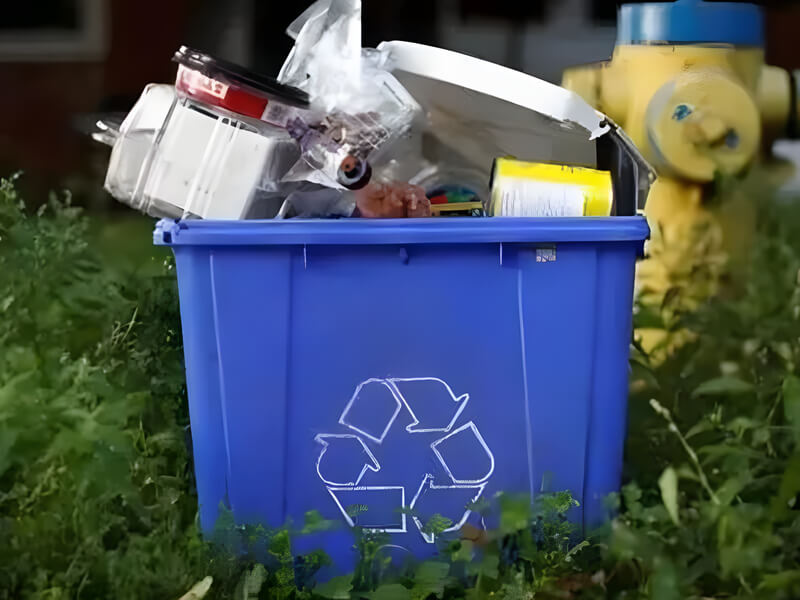

When these packages are empty, they will become flat and pollute the papermaking process. What to do: a company called terracycle is able to recycle the packaging, and BC Province and other groups are also trying to turn it into fuel. In addition, companies are developing new types of vertical bags that do not pollute the recycling process.
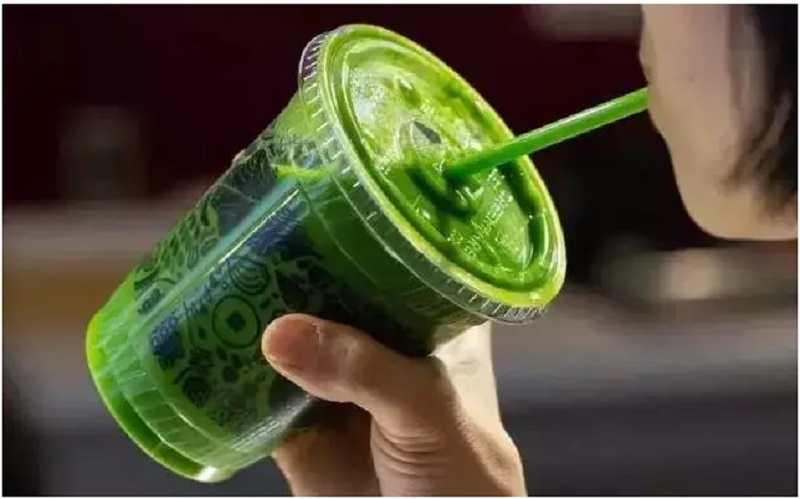
This kind of packaging is easy to break in the recycling equipment, and looks similar to recycled PET plastic, if mixed together, it will pollute the renewable plastic. How to deal with it: optical separation technology can realize sorting, and now some manufacturers are recycling this kind of plastic.
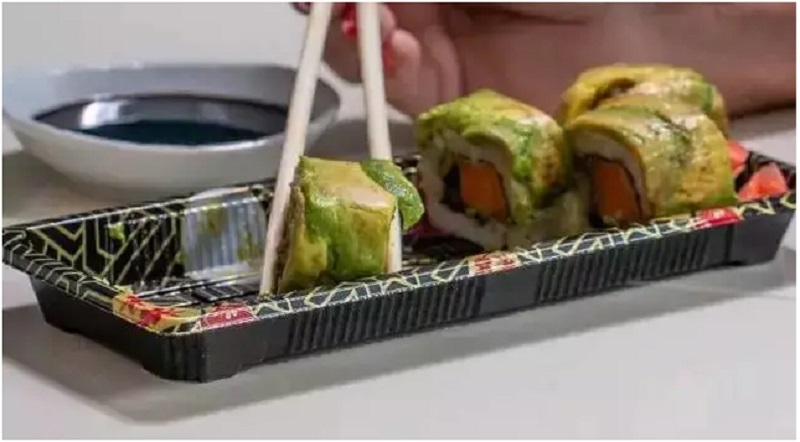
Optical separation technology can not sort this kind of plastic, and manual sorting is very expensive, so many recycling projects do not accept this kind of plastic, and there are not many organizations recycling black plastic in the market. What to do: some cities are encouraging the use of plastic containers in other colors.
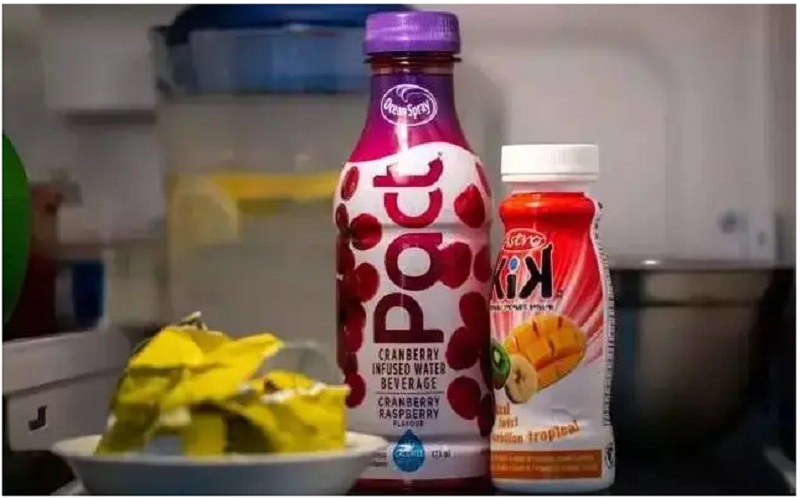
This plastic shrinkable film can cause optical sorters to misjudge and classify them as pollutants. How to deal with it: the industry is encouraging the shrinking film on bottles to cover only 3 / 4 of the area, or to punch holes in the film to make it easier to remove the film in the recycling process. As citizens, they should peel off the film before throwing these bottles.
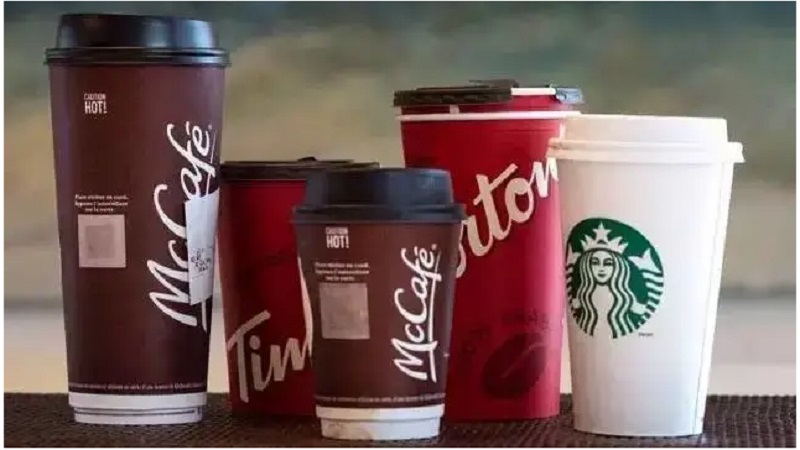
Many recycling equipment can't recognize these packages because they're made of paper, but they're coated with plastic. In addition, if they are squashed, they will be pushed into the paper machine, but the plastic on them will pollute the recycled paper. How to deal with: manual sorting can avoid machine misjudgment, but it is expensive. At present, no group is recycling such packaging.
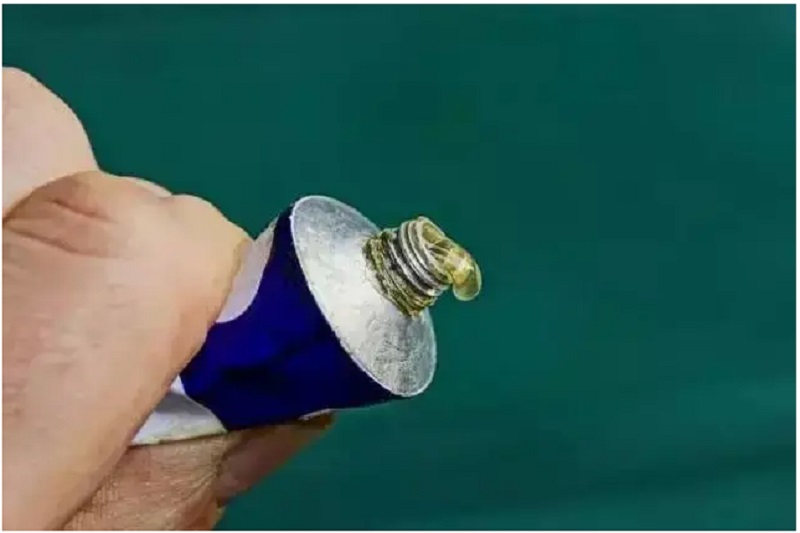
This kind of packaging contains a lot of residues, and the recyclable parts have been contaminated. What to do: the industry is looking at recycling aluminum from these packages.
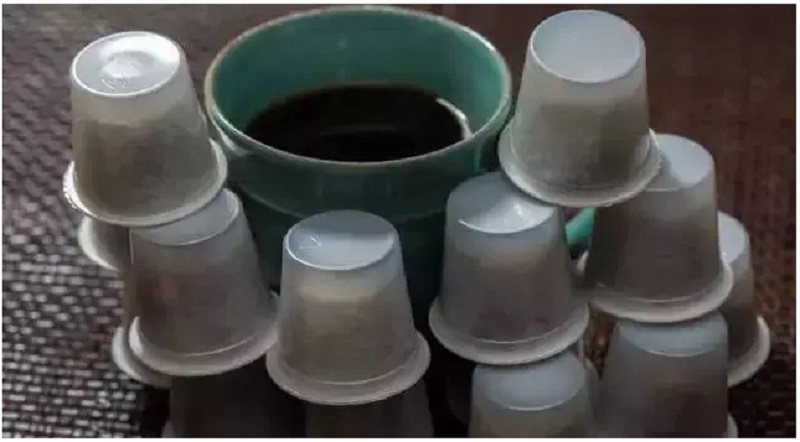
There are a lot of materials to be treated in the recycling process. Although these plastic coffee cups can be recycled, they are small in size and easy to be broken. The fragments are easy to pollute other recycled materials, especially glass. How to deal with it: some brands of stores will recycle the cups, and there are also private businesses that recycle these cups.

Transparent PET plastics have more recycling value than color opaque ones because they can be made into products of any color. If the amount of colored PET plastic is too large, it may pollute the whole PET recycling process. What to do: the industry is encouraging the use of transparent PET plastics.
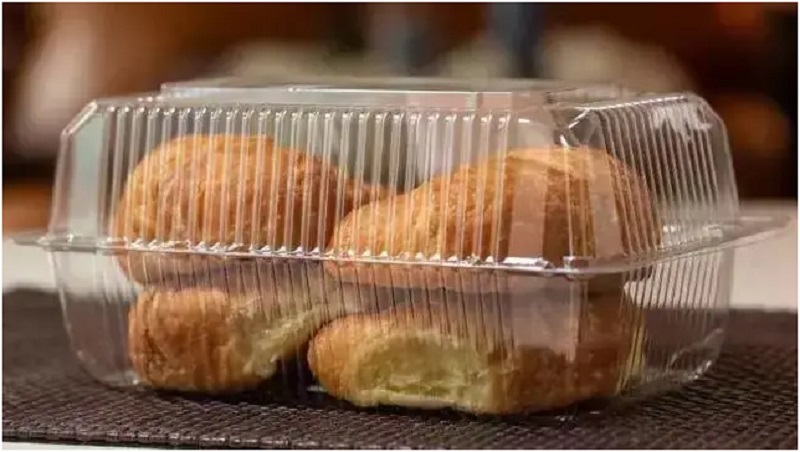
They are not pet, but most consumers can't distinguish them, and it's not easy to sort them manually in the recycling process. If they are mixed with recycled PET, it will cause pollution. What to do: optical sorting can identify these materials. In addition, some Canadian retailers have promised to use transparent PET instead of the current packaging.
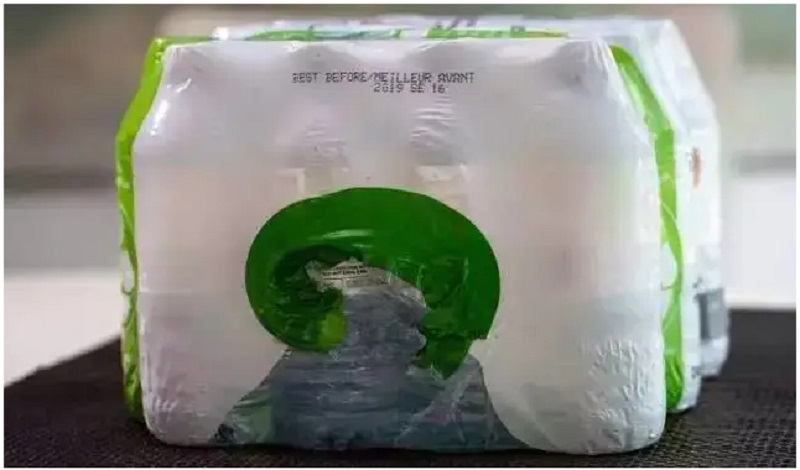
If the plastic film is not separated from the bottom pallet and is thrown into a small blue bucket, it will eventually need to be sorted manually in the recycling process. If they are not picked up, they will be thrown into landfills. What to do: separate the pallet from the plastic film before discarding it.
Recycling can be recycled is not worth praising, but the non recyclable into recyclable is unique! With the progress of the times and the development of the industry, the non recyclable or difficult to recycle packaging will always be solved! Either the packaging is eliminated, or the new recycling technology and recycling standards for this packaging are introduced. There must be a solution. The business opportunities contained in it deserve careful consideration. The first person who eats crab can always give priority to the opportunity to seize the market, and the later can only drink soup or be cut off.
However, the packaging enterprises in the industry do not adopt recyclable design, that is, they do not consider the sustainable development of enterprises, and they will be eliminated by the times. Many brand enterprises, such as Coca Cola, Nestle, Procter & Gamble, etc., have taken actions, but the definition and evaluation index of "recyclability of plastics and their products" in China are not clear, and the designers and manufacturers of plastic products are not told what kind of product design is conducive to recycling and what kind of product design can be produced High quality recycled plastics.